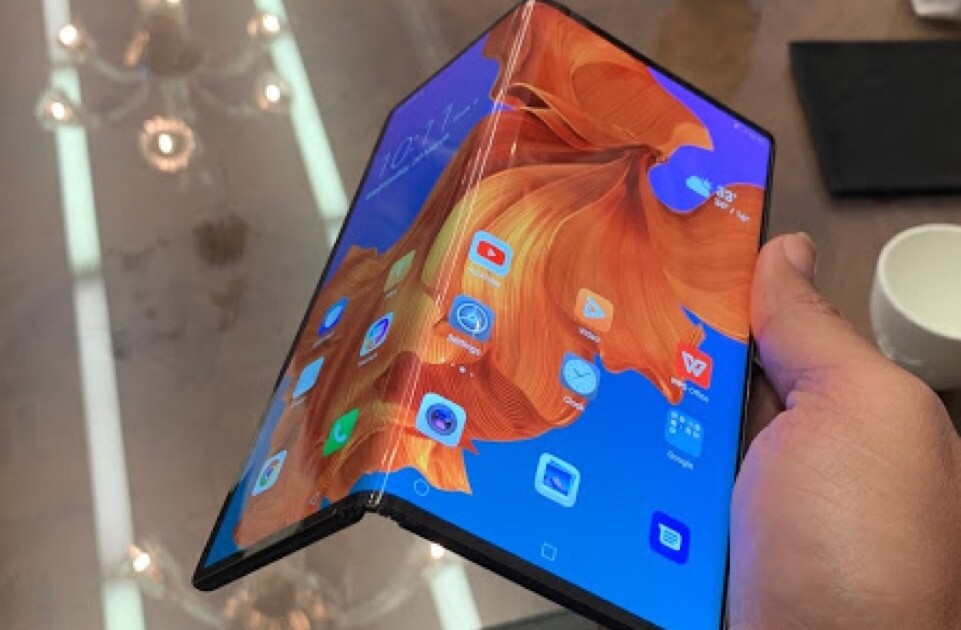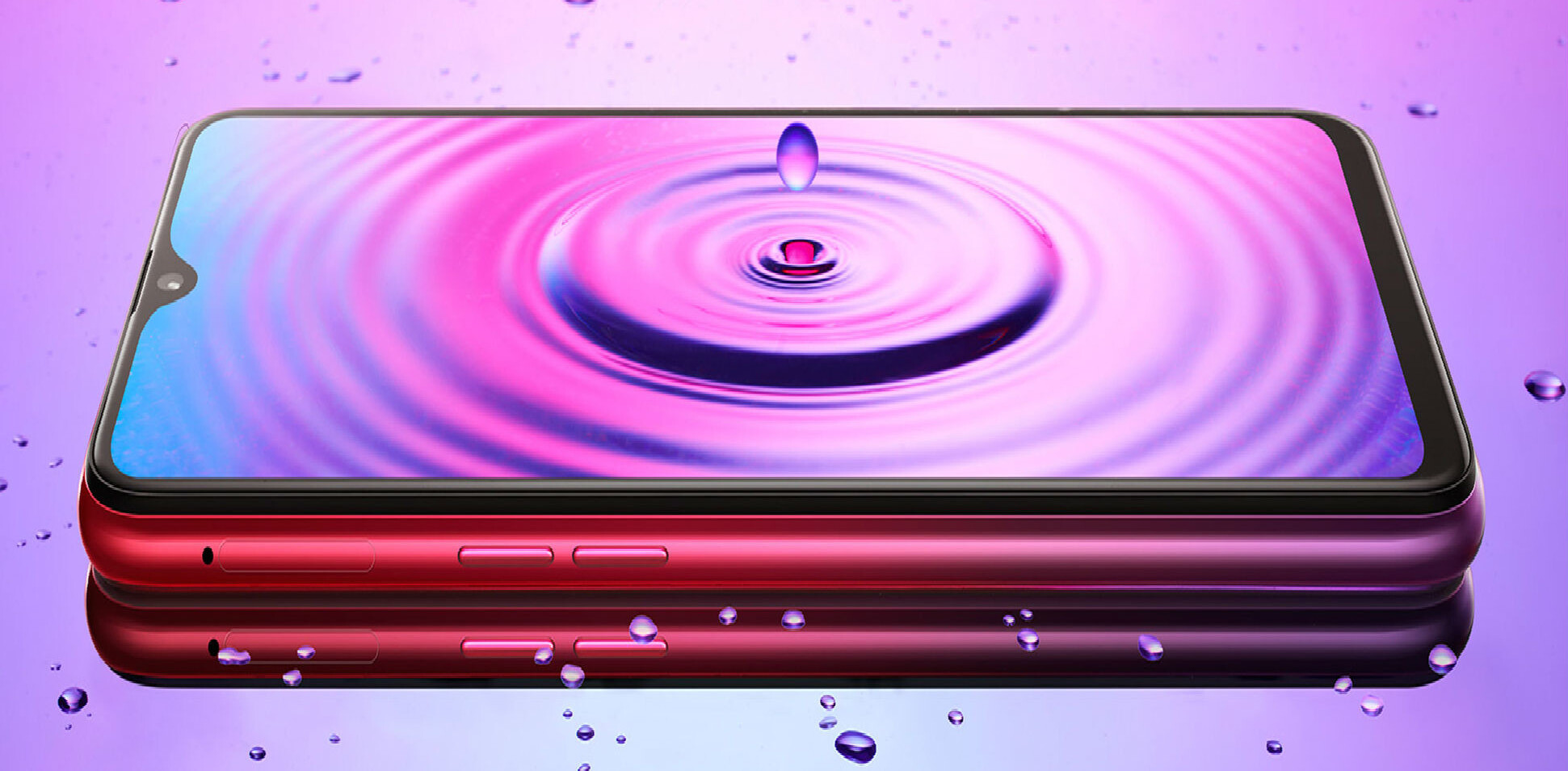
People with access to an LTE connection consume more mobile data than those with 3G connections, and they appear to rely less on WiFi. That may seem so obvious that it barely warrants reporting, but a new study details exactly how those trends are progressing in three key LTE markets.
Mobile data software company Mobidia studied the data usage of 100,000 Android LTE users in the US, South Korea and Japan, finding that in all three markets but especially in Korea and Japan, LTE users used far more data than those using 3G.
In Korea, LTE smartphone users consumed on average almost 2.2GB of data per month compared with just under 1GB on 3G smartphones – a difference of 132%. In Japan LTE had a 67% lead, while in the US it was a more modest 36% with average monthly data usage amounting to 1.3GB on LTE compared to 956MB on 3G.
Meanwhile, WiFi use amongst LTE users is noticeably lower than amongst those with a 3G connection. Amongst 3G users in Japan, WiFi use accounted for 60% of all traffic, versus 51% amongst LTE users. In South Korea, the difference is even more marked; 71% for 3G users versus 51% for those on LTE. In the US however, the difference was far more slight, with 62% for 3G users compared to just 59% for LTE.
The need for a data ‘comfort blanket’
However, it might not just be the speed of the connection that matters. Mobidia’s report suggests that it’s actually the bigger data plans that tend to come with LTE contracts that act as ‘comfort blankets’, encouraging them to use more data. For example, YouTube use amongst mobile customers with a data plan of more than 2GB is significantly higher than those with a plan lower than this threshold, regardless of whether the customer is using 3G or LTE.
While this is pretty much to be expected, Mobidia’s study puts hard data against something we already knew – give someone more data, faster, and they’ll use it.
That said, there is limit to our thirst for data. The report notes that “There is evidence that, even in advanced markets like Japan and South Korea, users will reach a saturation point of monthly consumption given the current range of applications available to them, the existing use cases of those services and the capabilities of the devices and networks upon which they are consumed.” However, as higher screen resolutions, larger smartphone screens or even faster LTE networks become available, the report says that are demand for data may well increase further.
You can download Mobidia’s report from its website.
Image credit: John Sullivan / Getty Images
Get the TNW newsletter
Get the most important tech news in your inbox each week.




